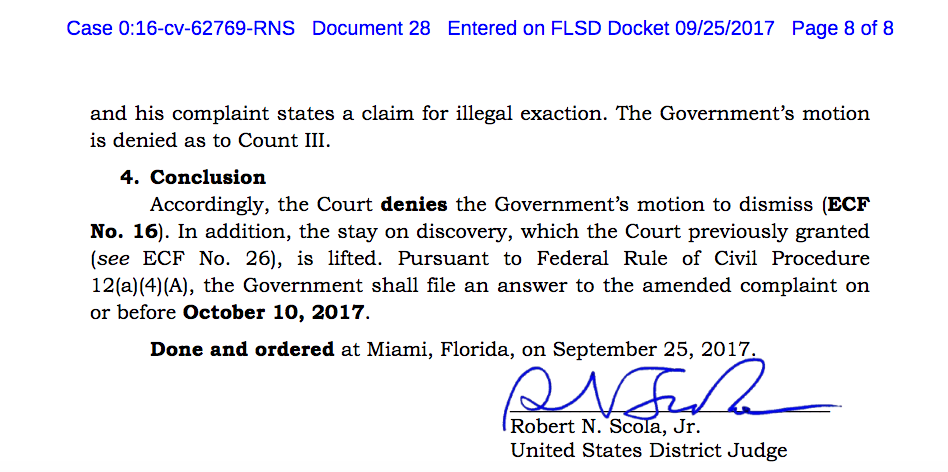About the Aaron Swartz Day Hackathon in Cairo, Egypt:
Date: November 4, 2017
Time: 10:00 am-6:00 pm
Contact: Tarek Nasr – shisha@theplanet.com.eg
Location: The Planet
9 Gamal Eldin Kholousy
off Shahin, Agouza
Cairo, Egypt
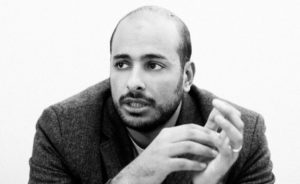
ASD: Tell us about “The Planet” hackerspace.
TN: Ok so, within ThePlanet, we have 10 of our core team members. We all met during our #Jan25 revolution in Egypt. We were all active in terms of taking the streets, organizing online, creating digital content around the protests and organizing to get activists out of jail.
For example, we played a big role in the online movement around the #FreeAJStaff campaign, when 3 of their journalists were arrested in Egypt ,that ultimately helped in getting them released.
ASD: How are you able to be activists in Egypt, with so much at stake, should you offend the wrong person?
TN: We have decreased activity significantly. There is no way to do so, to be honest.
ASD: As far as I can tell, you are already taking a risk even existing. Is that correct, to a certain extent? Or would you say that that is an exaggeration?
TN: It is not an exaggeration at all.
ASD: Can you talk about any more specifics with regard to the #FreeAJStaff campaign?
TN: Yes, if you recall, 3 journalists were arrested from AJ in what is referred to locally as the “Marriot Cell.” 2 journalists were foreigners and the 3rd was Egyptian. Local + international media only focused on the 2 foreign journalists, and all campaigns encapsulated the 2 foreigners, and their governments (Australia and Canada) worked tirelessly to get them out.
We put together an online campaign aiming to get the 3rd (Egyptian) journalist included within the narrative so he could benefit indirectly from the buzz foreign governments and news outlets were making around the case. We quickly (within days) reached tens of thousands online and began being approached by international news outlets, including the BBC,that began to ask us about the 3rd journalist. We acted as his voice to the world, and ultimately were successful in including him in the global and local narrative, which forced the hand of the government to release him when they released the 2nd foreign journalist.
ASD: So you decided that you worked well together, and formed “The Planet?”
TN: Yes, we started the business before the revolution and found ourselves and formed bonds during the revolution.
ASD: How did you guys hear about the hackathon and Aaron? Is there anything in particular. A personal story or something that resonated with one or all of you that led you to want to participate this year?
TN: For me Aaron is my role model. He could have just focused on making money, but he wanted to make sure he added true value, tried to make the world a better place and essentially gave his life for what he believed in. I was first introduced to him 2-3 years ago, when I came across the documentary, and was absolutely shocked. I’ve been spreading “the gospel” ever since.
ASD: Is open source software popular in Egypt?
TN: Within a niche techie community, yes it is. The majority of developers here utilize open source technologies for work and personal projects. Most of the web market in Egypt is based on open source software and technologies. For example, WordPress, Drupal, Magento (needs licence), PHP (lalavel), Python (django), and js (node.js-angular.js).
ASD: What is licensing like for software in Egypt? Are you able to sell your software creations to the global market?
TN: Yes.
ASD: Are the app stores pretty much centralized, so it doesn’t matter where the actual software is being created?
TN: Yes.
ASD: Are young and independent developers being exploited in Egypt with this “gig economy” like they are here in the US? (Underpaid generally, no health benefits.)
TN: In Egypt they are actually thriving, because the gig economy pays in USD and the exchange rate is so high, they can make a killing, on Upwork for example, and only need to work two weeks a month.
References
Al Jazeera Journo Mohamed Fahmy’s Egypt Hell Memoir ‘The Marriott Cell’ Being Developed Into Feature Film – Variety, Nick Vivarelli, February 1, 2016.
Egypt’s “Marriott Terror Cell” Travesty, The New Yorker, By Jon Lee Anderson, June 25, 2014.
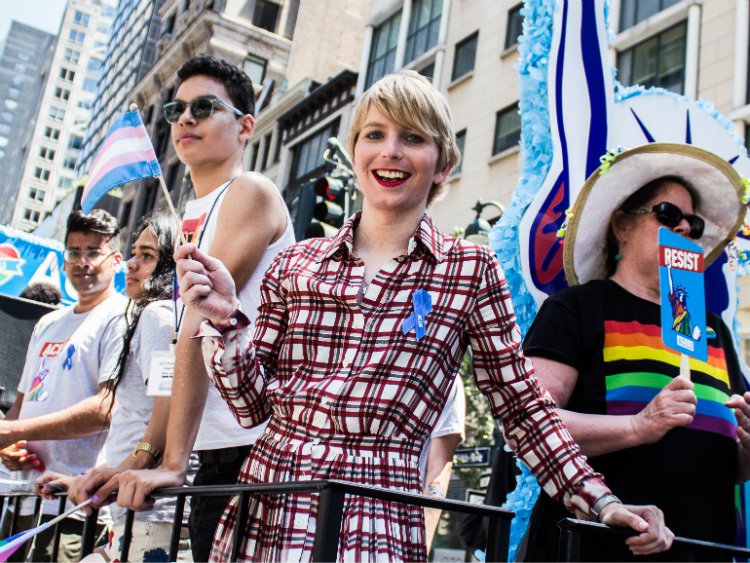
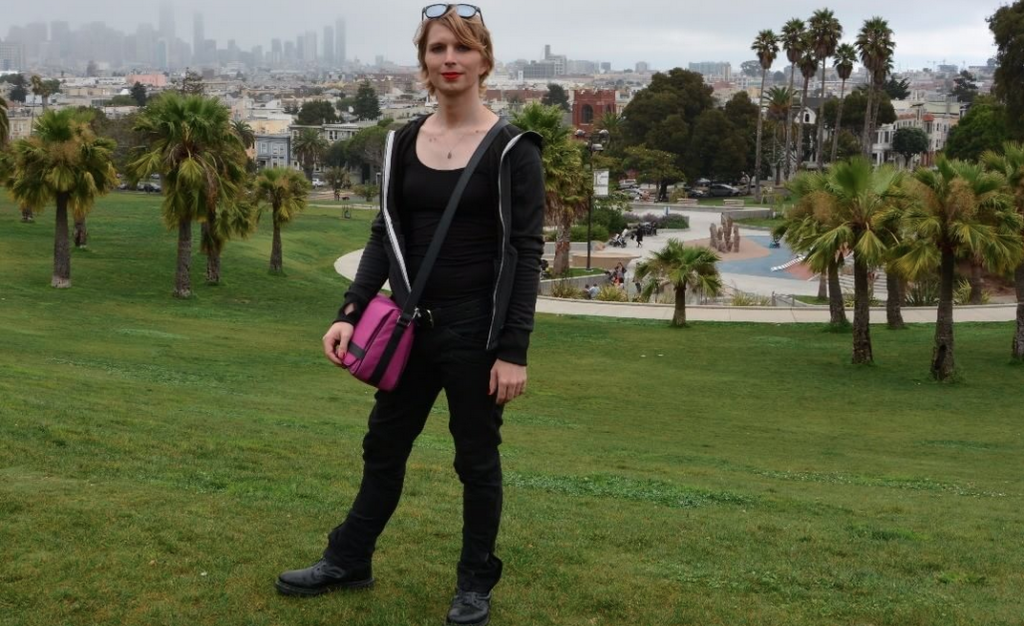
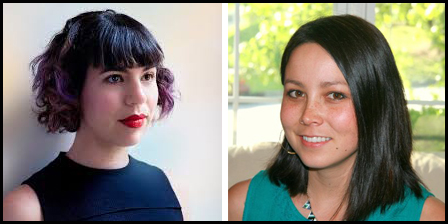
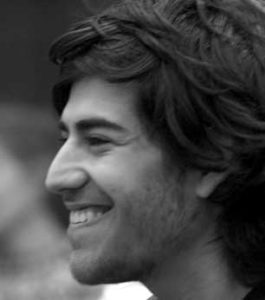 Jason Leopold, who is speaking Saturday at the
Jason Leopold, who is speaking Saturday at the 